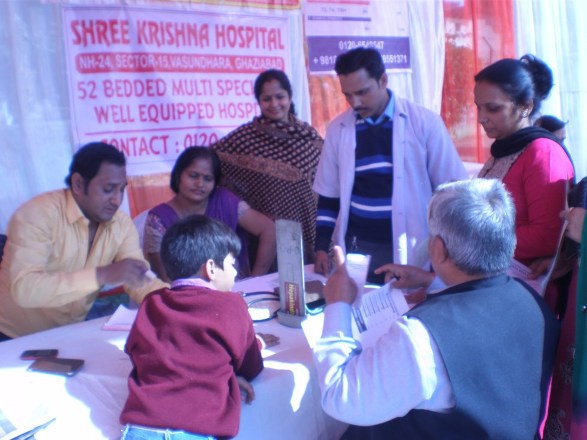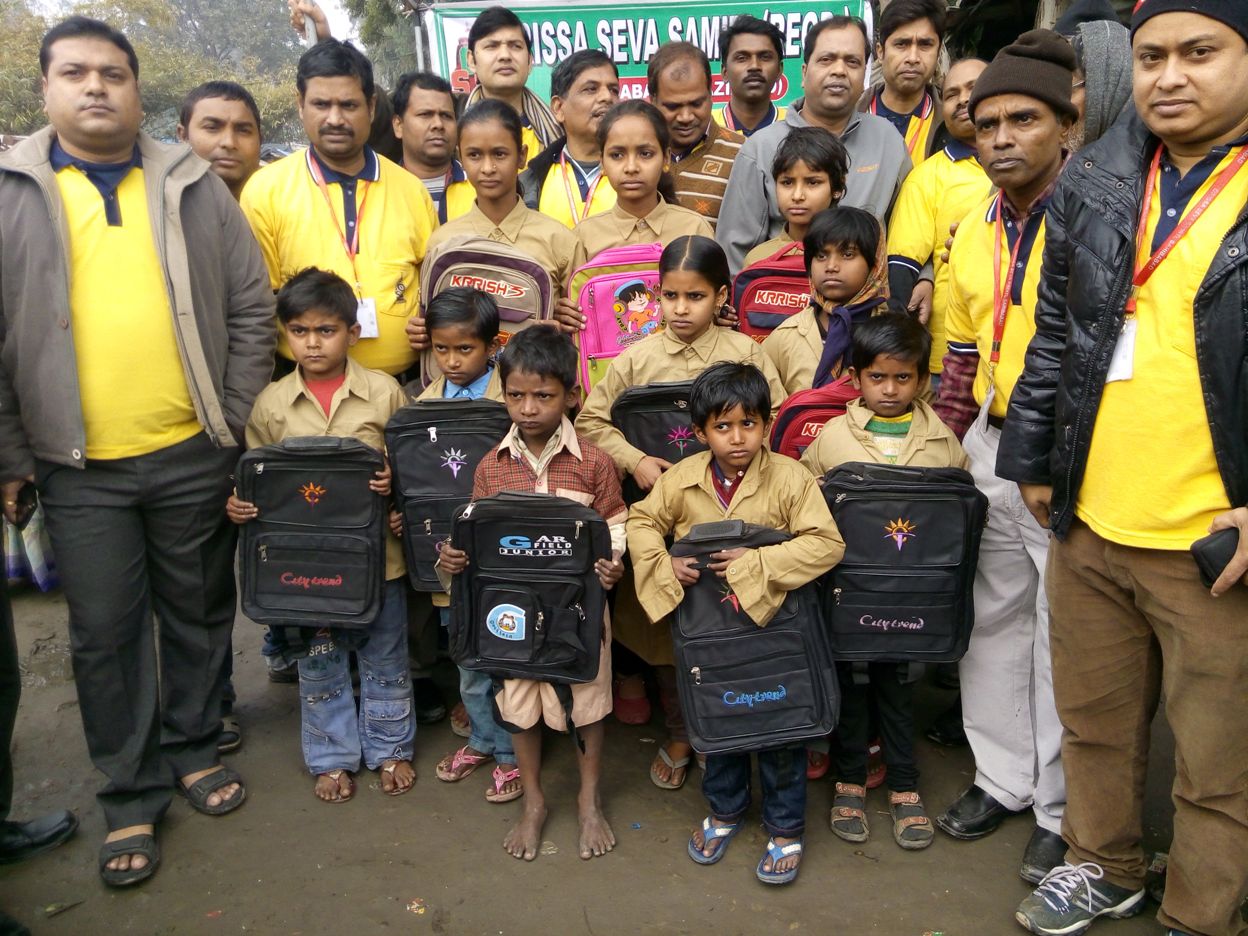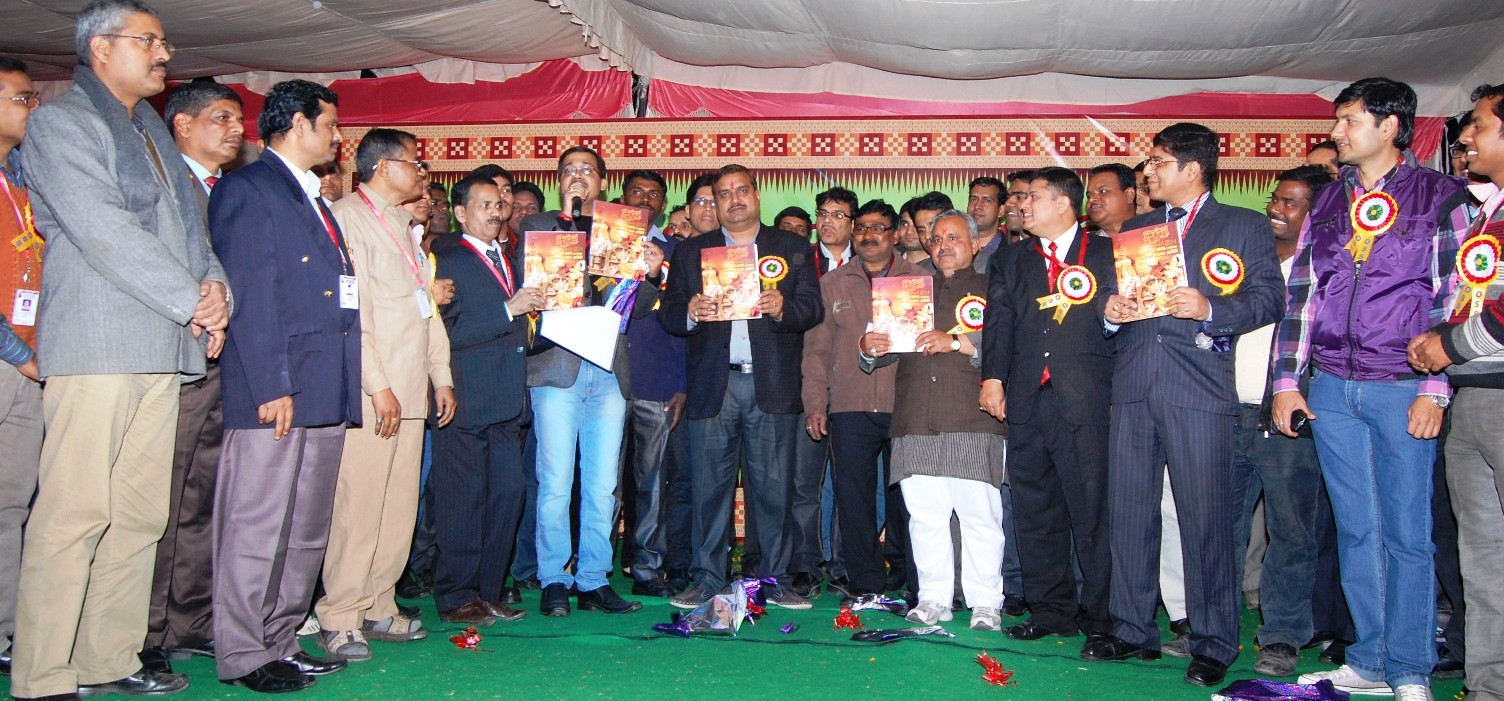The Positive And Negative Sides Of Online Dating
8% of teens have sent embarrassing pictures of a current or former partner to someone else. Who your children talk to are most likely other children, but some people may not be who they say they are or may be groomed by sexual predators. They may try to trick a young person into believing that they are trustworthy, that they are a friend or they may even pretend that they are the same age. Being aware of who they are talking to and what apps they are using can help you encourage them to think about the types of privacy settings they can set and give you insight on potential issues they may be exposed to. Agreeing safe boundaries around who and what they share and puting in place simple safety rules around how they should and shouldn’t approach or to talk to others online is key.
Regarding the students’ perception of studying in a virtual versus face-to-face modality, they prefer the latter, despite positively valuing the use of ICTs mainly for recalling information, self-learning, and motivation. This may be because the teaching techniques used by professors are still traditional. No significant relationship was found between sex and age with the evaluation of the subjects, methodological principles, or the evaluation of didactic techniques.
Subjects characteristics
Anyone that has used any form of online dating would tell you how great online dating can be in the way it creates a much simpler method of meeting a new partner. Now that online dating is a popular technology, people can find a partner with the simple swipe of a finger or click of a button. Avoiding having to go out and physically meet someone at a specific place, such as a bar or club. Likewise, dating apps allow users to go online and see a background of the person before actually deciding to meet them.
And while features such as location sharing and appearance filters had negative impacts, video sharing and private messaging were overwhelmingly positive or neutral. Of the four classifications developed, only age, and not gender, has an impact on the classification based on the valuation given to ICT; the remaining classifications do not show any dependence on these variables. This coincides with previous studies by Torres-Diaz et al. where gender tends to present less incidence on the way in which technology is used by university students in Ecuador.
Topics
This is a trend that is evident among many sectors including finance, retail, technology, etc. Security practices must evolve to deal with the influx of attacks and their effectiveness at exposing sensitive data. 47% of those from households earning less than $50,000 annually have used social media to publicly express affection for a significant other (compared with 33% of teens from higher-income households). 59% say social media makes them feel more connected with what is going on in their significant other’s life, although just 15% indicate that it makes them feel “a lot” more connected. About one-third (35%) of these teens say social media does not make them feel more connected with their significant other.
Senate Bill 287, introduced last week by state Sen. Nancy Skinner, D-Berkeley, would address algorithms and other features that lead to social media addiction among young people, levying fines of up to $250,000 per violation. Many girls also said they spend more time on social media than they want, with almost half saying they felt addicted to TikTok. On average, girls said they spent more than 2.5 hours a day scrolling through TikTok but less time on other platforms. Huanca-Arohuanca, J.W.; Supo-Condori, F.; Sucari Leon, R.; Supo Quispe, L.A. The social problem of university virtual education in times of pandemic. For future research, it is recommended to delve deeper into the topic of virtual versus face-to-face, to break down and expand the variables that can explain more clearly the preferences of students and especially the advantages of this mode of study.
Readily available programs and websites facilitate easy transference of messages, thus rendering space and time irrelevant. The quick, efficient manner of Internet-based medias allow for easy access to users who want to examine a lot of content in an organized format within a short amount of time. Subjects were recruited from four university campuses in Hong Kong by convenience sampling. Subjects were excluded if they did not speak or understand English, Cantonese or Mandarin; had already been recruited to the study; or were not college students.
Overall, 85% of teens in a romantic relationship expect to hear from their partner or significant other at least once a day, if not more often. 50% of boys say social media makes them feel more emotionally connected with their significant other (compared with 37% of girls). 59% say social media makes them feel more connected to what’s happening in their significant other’s life; 15% indicate that it makes them feel “a lot” more connected.
Studies in adult populations have found evidence of significant declines in sexual activity during the pandemic, although adults did not completely stop engaging in sexual activities , as well as evidence of increased romantic relationship conflict . Comparatively few studies in this area have included adolescent or young adult populations. In one study of adolescent sexual minority males, participants reported seeing their sexual partners less often during the COVID-19 pandemic .
The activities included “sexting ,” “online dating/hook up sites ,” and “watching porn.” Response options were more time, about the same, less time, and I do not do this/does not apply. Social networks are also emerging as online yearbooks, both public and private. One such service is MyYearbook, which allows anyone from the general public to register and connect.
Hi Julia, Online dating is tricky, it lets spread our wings a bit more, but also allows the negative traits of it to seep into the relationship itself. But then on the opposite end you have over sharing, which is also harmful, if not more. However the bigger problem seems to be how much of an investment even a first date is. So it makes sense why people present a different persona, till they can open up. Maybe if the outside world is a little more accommodating to spontaneous or first time social situations.
Young adults were more likely to spend time with their partner and to be sexually active before and during the pandemic than adolescents. These results are consistent with the increase in autonomy that typically occurs in the transition to adulthood, along with other changes such as moving away from family and entering the labor market . To qualitatively analyze the open-ended question about the impact of the pandemic Here on their romantic relationships, we used a modified form of grounded theory in which an initial set of potential themes were identified based on the research’s key areas . Two researchers reviewed the responses, created new codes based on emerging themes, and coded responses by theme. Researchers met to review the process, clarify codes, and make minor modifications to the coding to improve reliability.
However, there are many software’s and applications dedicated to online dating, chatting, and for other such purposes. A new NIH report emphasizes the importance of behavioral science in improving health, observes that support for these sciences at NIH is unevenly distributed, and makes recommendations for how to improve their support at the agency. 8% of teens report that a boyfriend or girlfriend had done this to them during a relationship. Social media – 70% have spent time together posting on social media sites. Connecting with potential love interests online can be fun and exciting for young people but it can also come with potential risks.
Foreign Girlfriend is reliable and high performing online dating site that enshrines beautiful single ladies from Europe. The authors’ overarching assessment of online dating sites is that scientifically, they just don’t measure up. 11% of teens with relationship experience report that a current or former partner has contacted them on the internet or on their cellphone to threaten to hurt them.8% of teens with dating experience have been threatened digitally by an ex. 15% of teen daters (or 5% of all teens) say a current or former partner used the internet or text messaging to pressure them to engage in sexual activity they did not want to have.10% of teen daters report that this happened during a relationship. Other incidents highlight how dating sites or apps can become a venue for bothersome or harassing behavior – especially for women under the age of 35. For example, 60% of female users ages 18 to 34 say someone on a dating site or app continued to contact them after they said they were not interested, while a similar share (57%) report being sent a sexually explicit message or image they didn’t ask for.

















